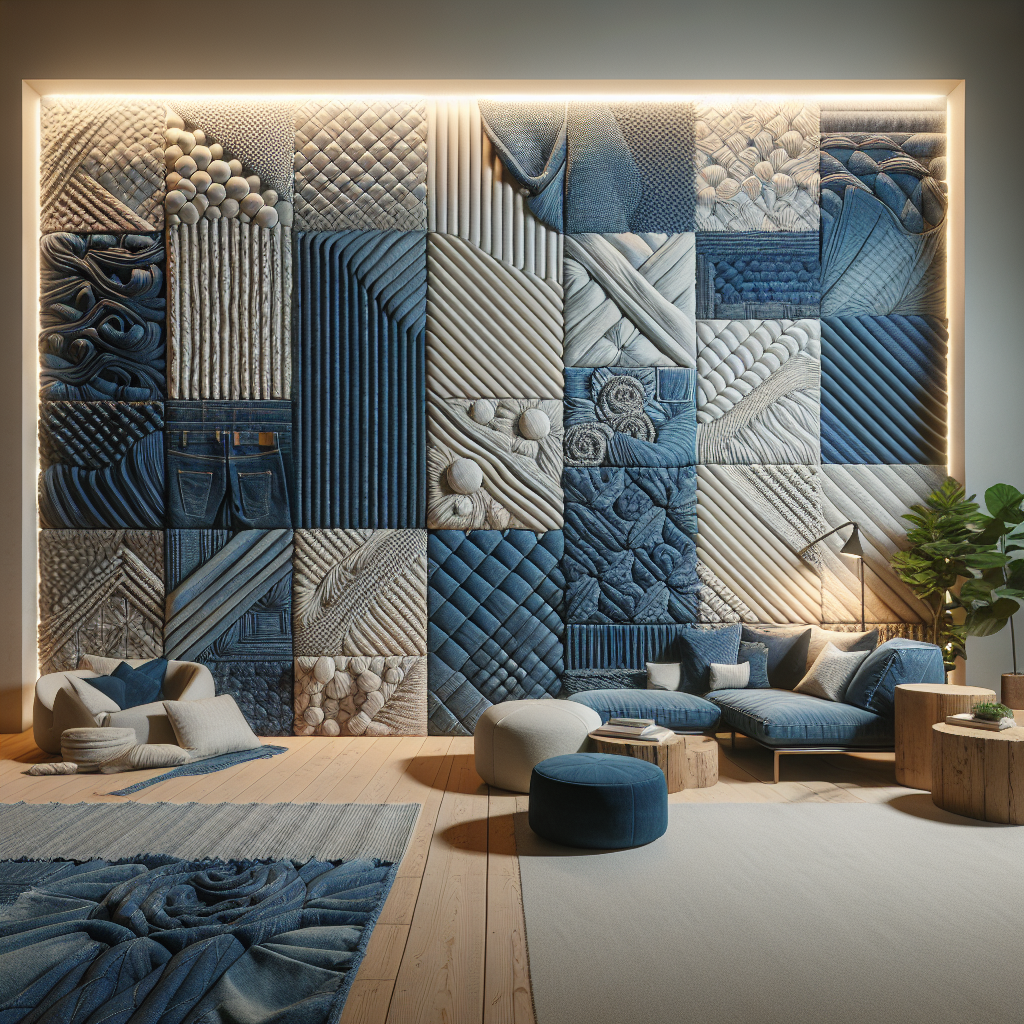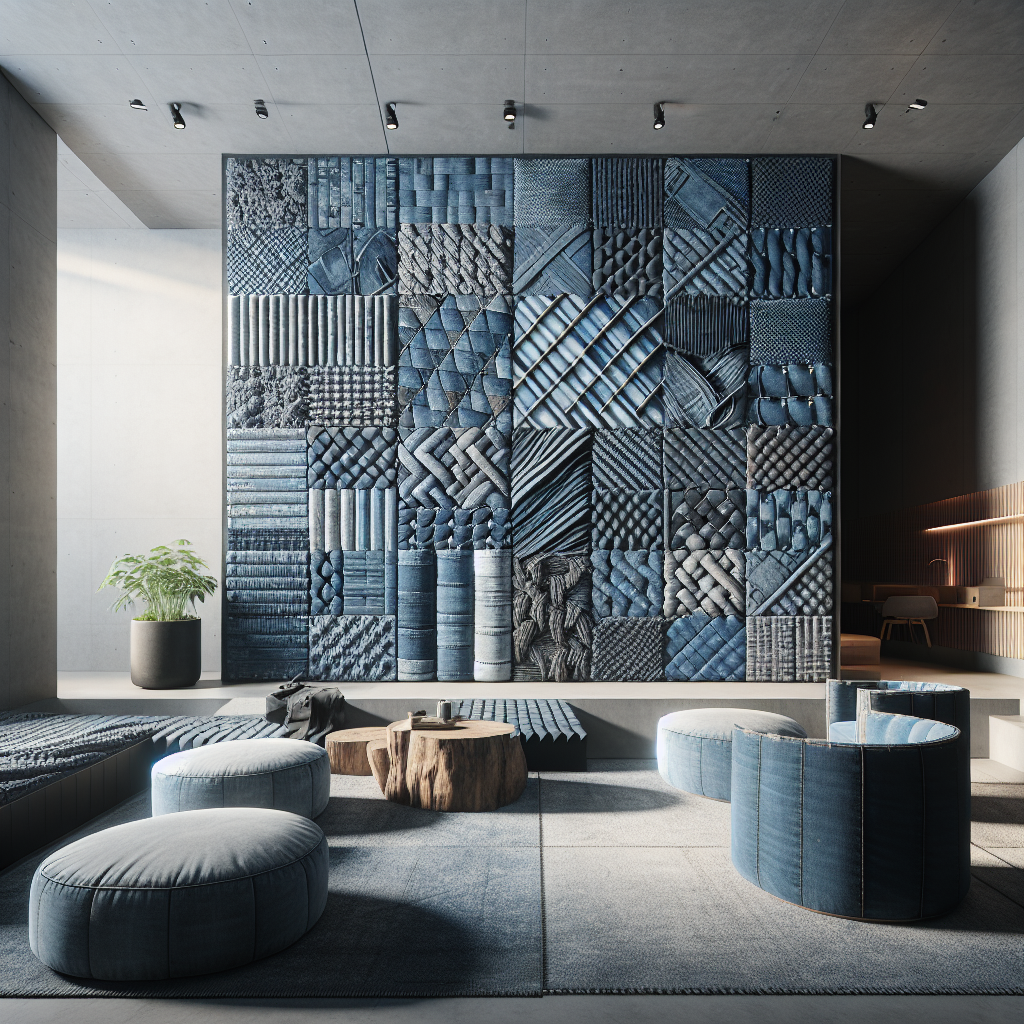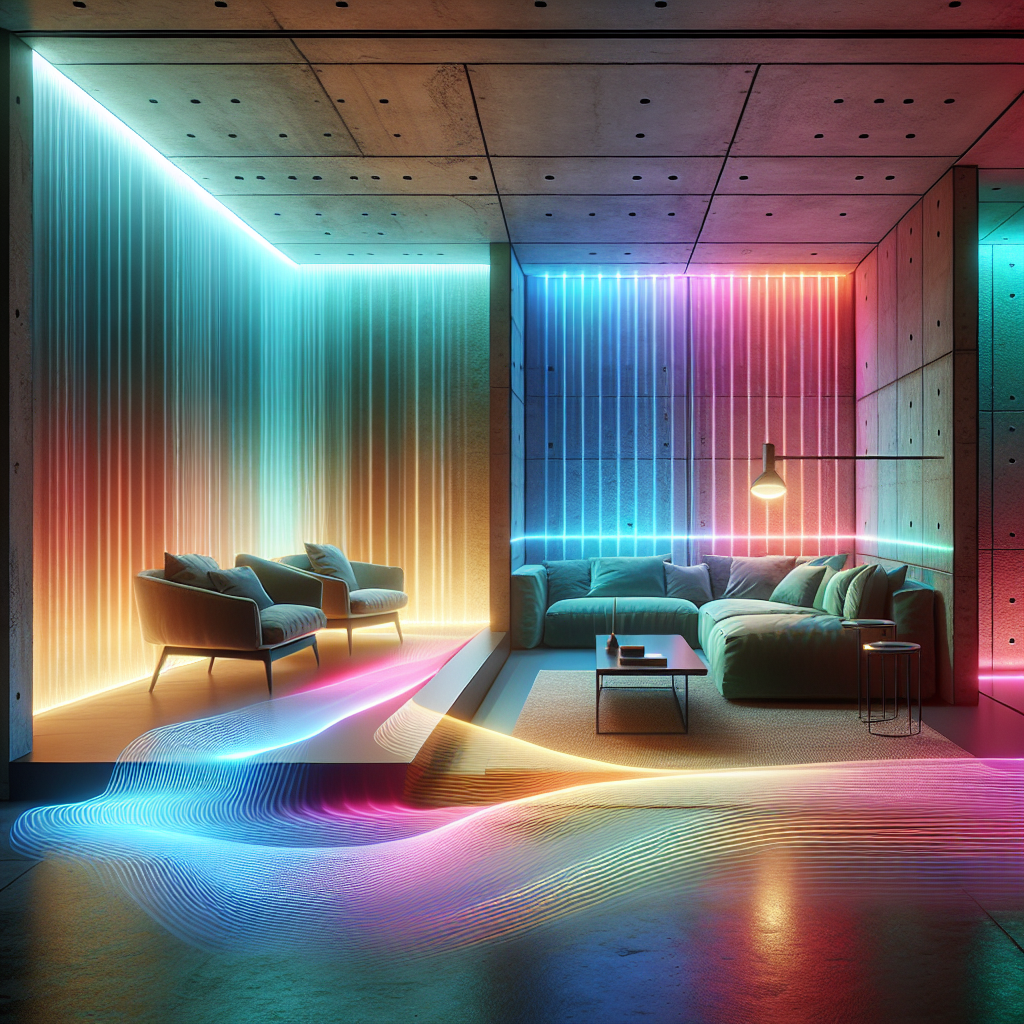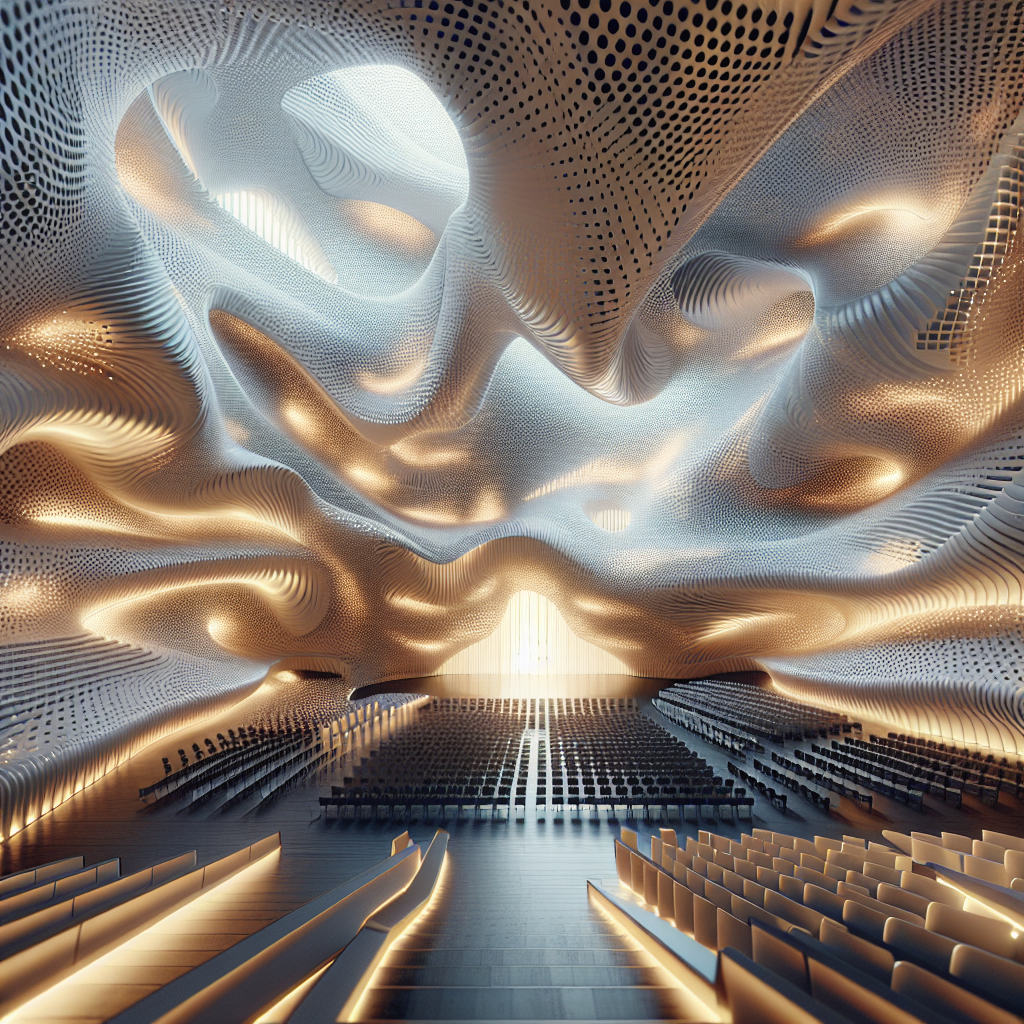Recycled denim design upcycled textiles for tactile wall installations
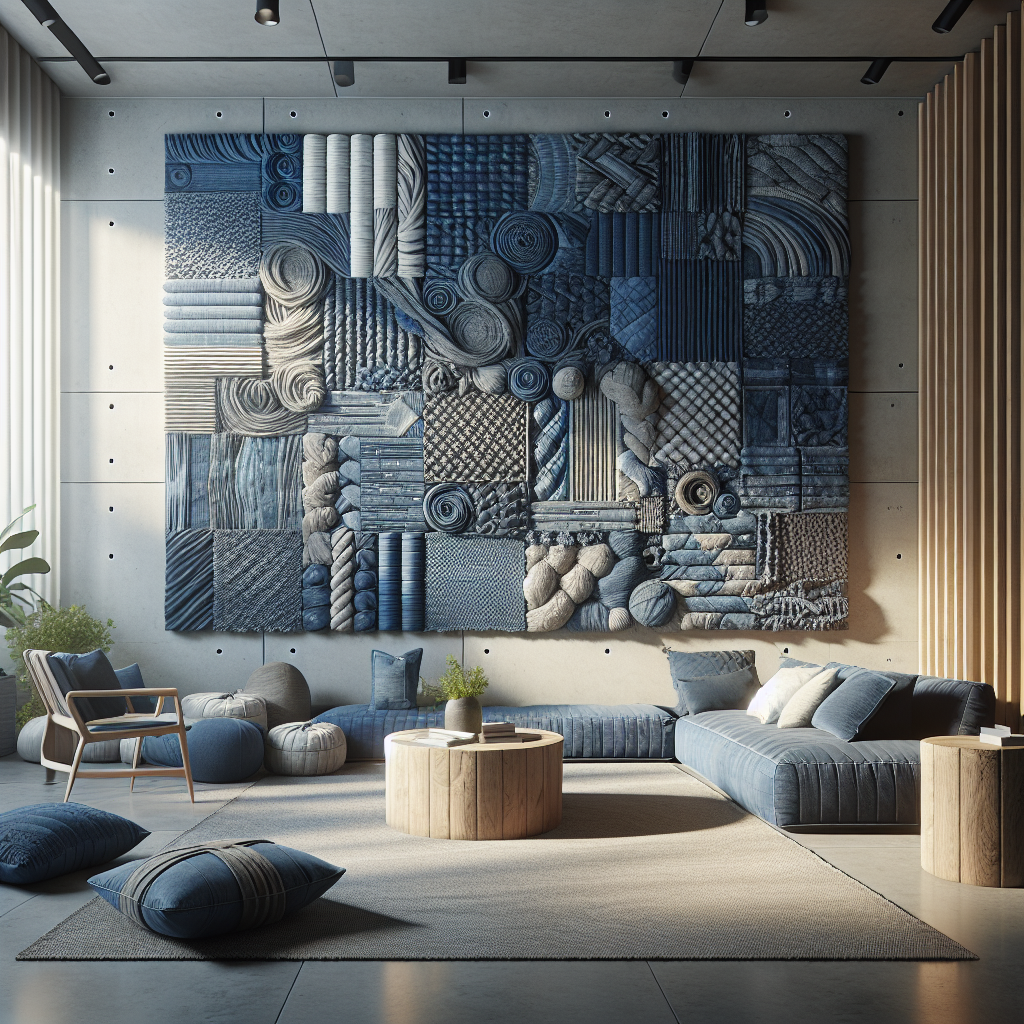
Recycled Denim: Upcycled Textiles Transforming Tactile Wall Installations
In the ever-evolving world of sustainable design, upcycled textiles are making waves, and one material, in particular, is redefining the aesthetics of interior spaces—recycled denim. Once a staple of fashion, denim is now being repurposed into innovative tactile wall installations, offering both a visually striking and environmentally responsible solution for modern interiors.
The Rise of Upcycled Textiles in Interior Design
As the design industry shifts towards a circular economy, upcycled materials are becoming an essential component of sustainable architecture. Denim, with its durability and rich texture, has emerged as a prime candidate for repurposing into interior applications. By transforming discarded jeans into acoustic panels, sculptural wall art, and textured surfaces, designers are giving new life to a material that would otherwise contribute to textile waste.
Beyond aesthetics, upcycled denim offers practical benefits. Its dense fiber structure provides excellent sound absorption, making it an ideal choice for offices, restaurants, and residential spaces where noise reduction is a priority. Additionally, the natural indigo hues and varied textures of denim create a sense of warmth and depth, enhancing the tactile experience of a space.
Innovative Applications of Recycled Denim in Wall Installations
Leading designers and architects are pushing the boundaries of biophilic design by integrating upcycled denim into wall installations that engage the senses. From patchwork-inspired murals to three-dimensional reliefs, the possibilities are endless.
- Acoustic Panels: Sound-dampening panels made from compressed denim fibers are gaining popularity in open-plan offices and co-working spaces. These panels not only improve acoustics but also add a layer of visual interest.
- Textured Wall Coverings: By layering and sculpting denim, designers can create dynamic surfaces that play with light and shadow, offering a tactile alternative to traditional wallpaper.
- Modular Wall Art: Some designers are crafting modular denim tiles that can be rearranged, allowing for customizable and ever-evolving interior aesthetics.
The Environmental Impact of Upcycled Denim
The fashion industry is one of the largest contributors to global pollution, with denim production requiring vast amounts of water and chemicals. By repurposing post-consumer denim into zero-waste design solutions, architects and interior designers are mitigating the environmental footprint of this ubiquitous fabric.
According to sustainable fashion experts, recycling denim reduces landfill waste and decreases the demand for virgin cotton, which is a resource-intensive crop. Additionally, upcycling initiatives help divert textile waste from incineration, lowering carbon emissions and promoting a more sustainable design ethos.
Brands and Designers Leading the Way
Several forward-thinking brands and designers are pioneering the use of recycled denim in interior applications. Companies specializing in upcycling are collaborating with textile mills to develop innovative wall coverings, while independent designers are experimenting with handcrafted denim installations.
One standout example is a recent project where a boutique hotel incorporated denim-clad walls in its lobby, creating a visually rich and acoustically balanced environment. The result was a space that not only looked striking but also told a story of sustainability and craftsmanship.
The Future of Upcycled Textiles in Architecture
As sustainability continues to drive innovation in design, the use of upcycled textiles in architecture is expected to grow. With advancements in digital fabrication and material science, designers will have even more opportunities to experiment with repurposed fabrics, pushing the boundaries of what is possible in interior spaces.
Moreover, as consumers become more conscious of their environmental impact, demand for sustainable design solutions will only increase. This shift presents an exciting opportunity for architects and designers to embrace upcycled materials not just as an ethical choice, but as a creative and aesthetic advantage.
Conclusion
Recycled denim is proving to be more than just a fashion statement—it is a material with the potential to redefine interior design. By integrating upcycled textiles into tactile wall installations, designers are not only reducing waste but also creating visually compelling and acoustically effective spaces. As the industry continues to evolve, expect to see more innovative applications of denim and other repurposed materials shaping the future of sustainable design.

